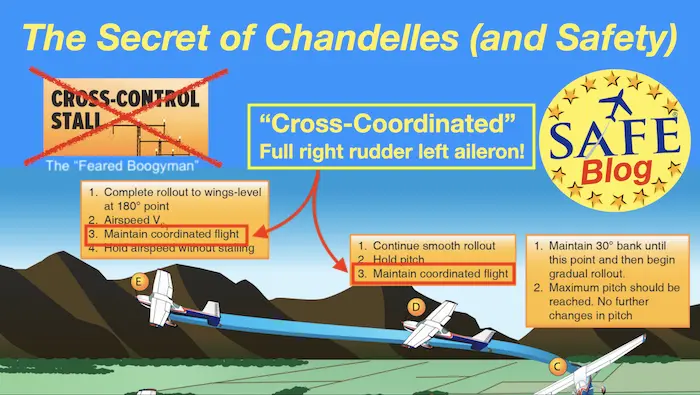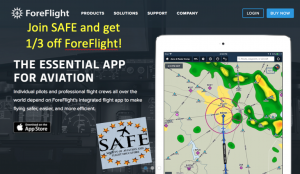[And log "Commercial Pilot Ground Training" IAW 61.125(b)(1-15)]
A Couple Things "Pro-Pilots" Should Know!
- Privileges and limitations: "Illegal Charter!"
- IAS vs TAS (correlate with density altitude). DPEs are looking for correlative understanding of a/c performance at the commercial level. TAS increases at 2% per thousand feet and performance decreases by 3% per thousand ft. (true or density altitude). Know why and explain in reference to performance charts when choosing your most efficient cruise altitude.
- What are the implications of above for managing risk on take-off and landing at high density alt. airports?
- How can we mark"stall speed" if a plane can stall at *any* speed? How do both G-load and and CG location affect stall speed?
- How does "Va" correlate with "stall speed?" How do *all* V speeds vary with "imposed weight?"
- What are the load limitations of your aircraft (G force) and where are we in CG envelope; explain!
- Airworthiness at the commercial level is more in depth; demonstrate understanding of STCs, Type Certificate Data Sheets, and 337 forms.
- You will be asked about Minimum Equipment Lists too....dig deep! STCs 337 forms
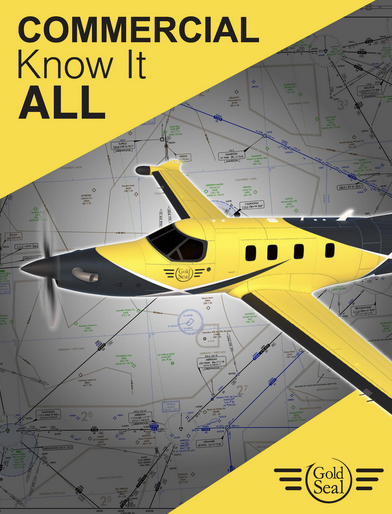

CFIs & DPEs Create Pilot Excellence!
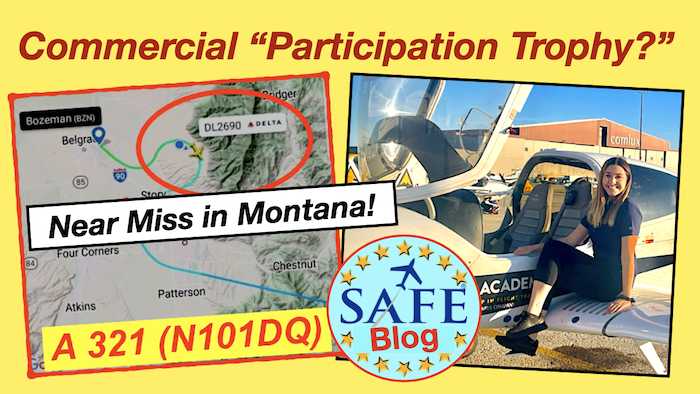
IACRA complete and FTN available (bring your IACRA Login/PW so you can "sign")!
Government ID (current with picture and expiration date)? Address should match.
Current flight review?
Medical or Basic Med?Knowledge test report (deficiencies reviewed/endorsed per 61.39)?
Examiner's Fee? (ask $$ and method before the test)
CFR (Regs) and Knowledge sources (your books)?
Pilot tools (calculators, iPad charged and/or current charts)?
All required hours experience logged/tabbed?X-C carefully planned with nav. log prepared?
ALL 91.103 PREPARATION!!
(T/O L Performance W&B, fuel, WX, Alts)
Risk management plan (P-A-V-E and I-M-S-A-F-E) written out?A-E Airspace: Know FAA mins. and *YOUR* mins (safety margin)
Be familiar with maint. docs (logbooks) to verify airplane's airworthiness?
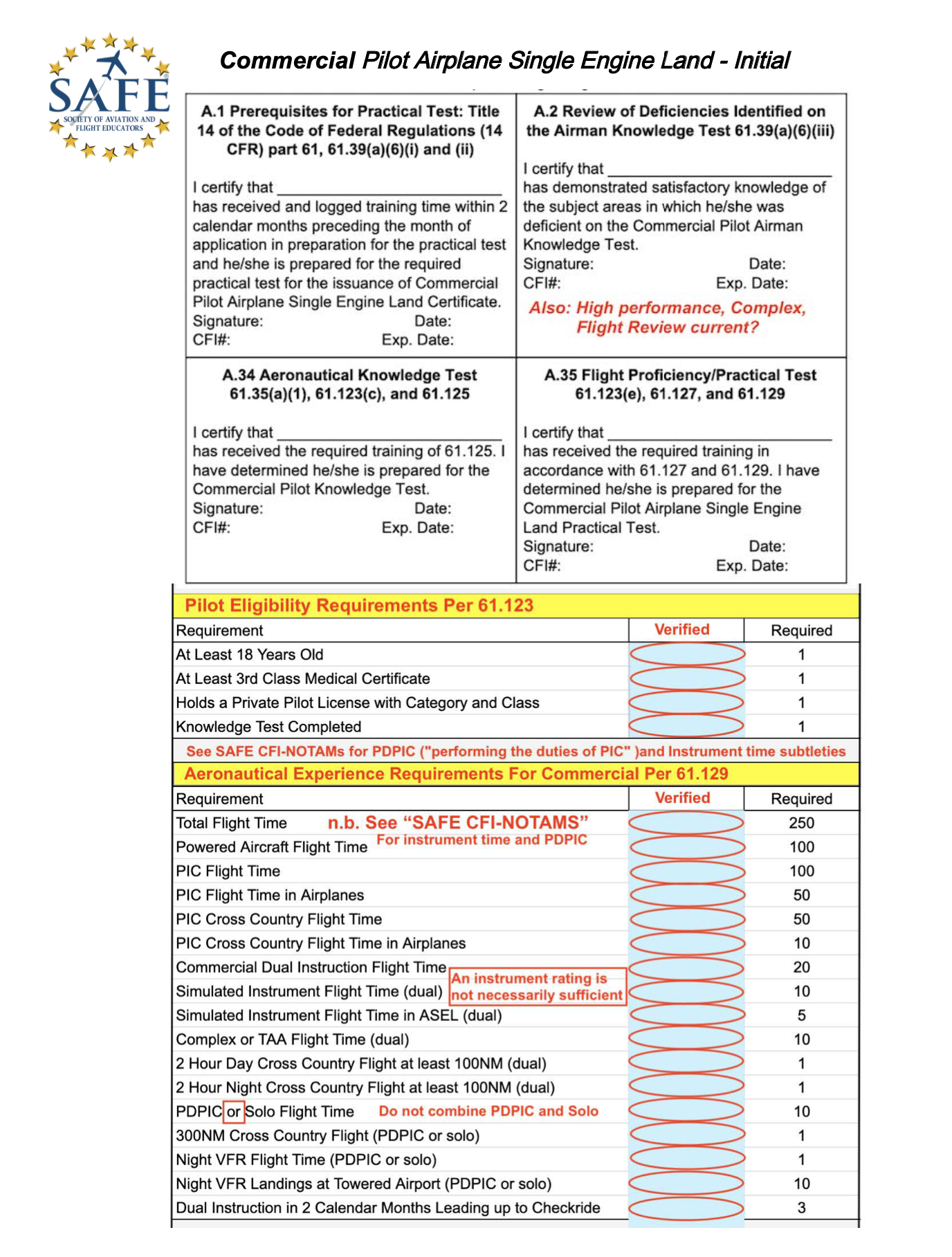
Flight portion
Mastering Accuracy Landings
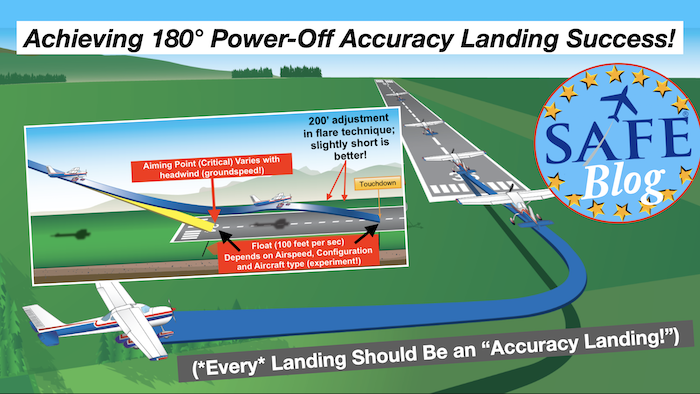
Your best overview for the flight portion of any flight evaluation is to be meticulous and methodical (the conservative response rule). As a Commercial-level pilot, be a PRO, responsible for passengers. Smooth, coordinated flight (anticipating not reacting). Use your checklist "religiously" for every operation and if you are not sure about anything ASK. This is not a time to be a hero or try to impress your examiner by cutting corners or being fast. Discussing "checklist philosophy" ("do list" vs "checklist") during your oral is important.
In flight remember that limitations mostly 10 degrees/100 feet) are like the lines on a highway. Going over the line is undesirable but not necessarily an immediate failure (the examiner will clearly state if/when you failed). "Failure to promptly correct" is what the ACS defines as failure. Demonstrate to the DPE you are aware of any deviations and fixing them promptly (remember "perfection is not the standard"). If you are "consistently exceeding standards" you will probably be disapproved ("more training!") Exceeding any aircraft limitation (flap speed is common) is an immediate failure so give yourself a margine on these. Know all your performance speeds and the bold faced checklist items (immediate action items) should be memorized.
Recommended YouTube: Know Your ACS!
Easy "Pilot Math!"
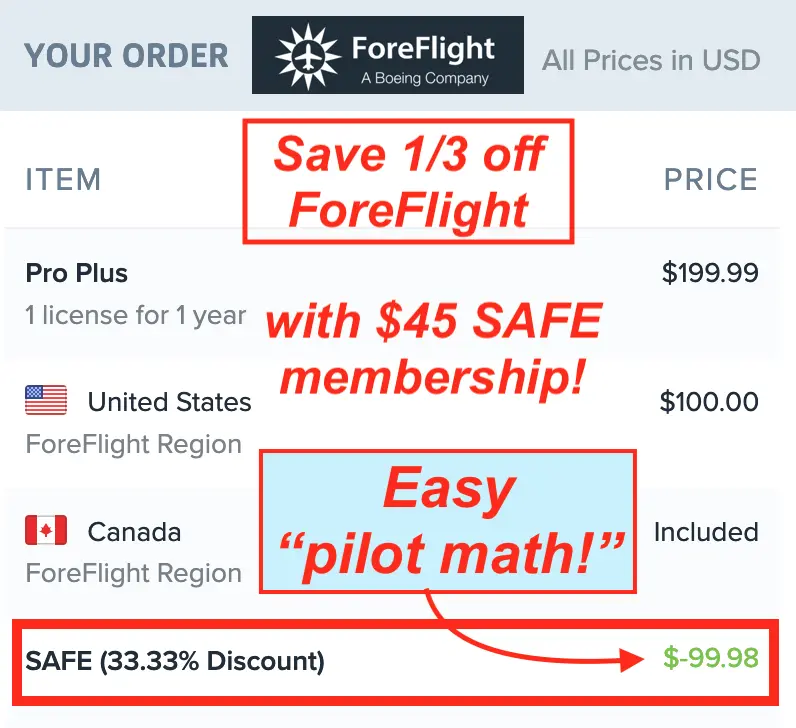 Lazy Eights - Sporty's Flight Maneuver Spotlight
Lazy Eights - Sporty's Flight Maneuver Spotlight
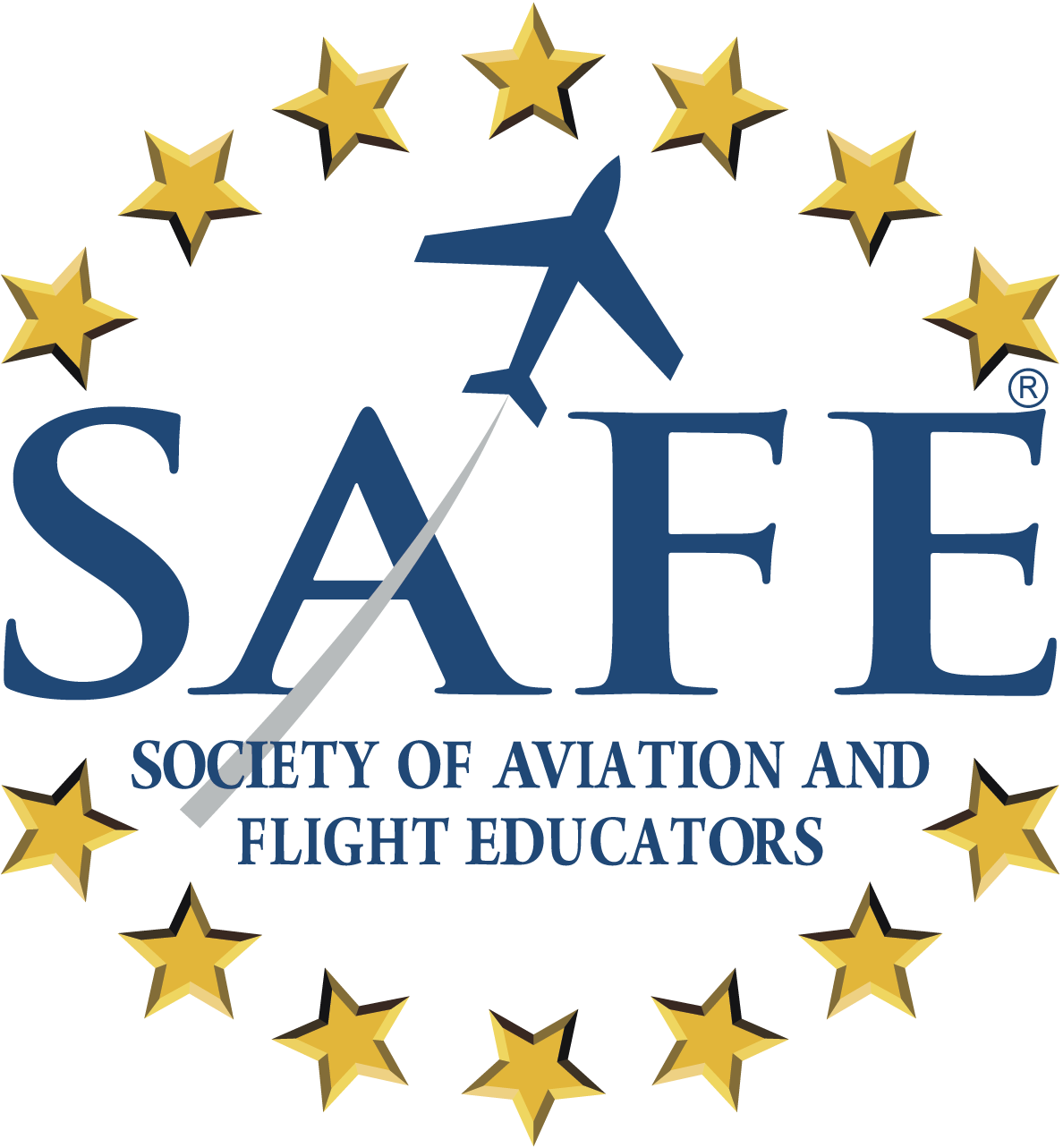 Commercial Pilot "Checkride Ready!™"
Commercial Pilot "Checkride Ready!™"


